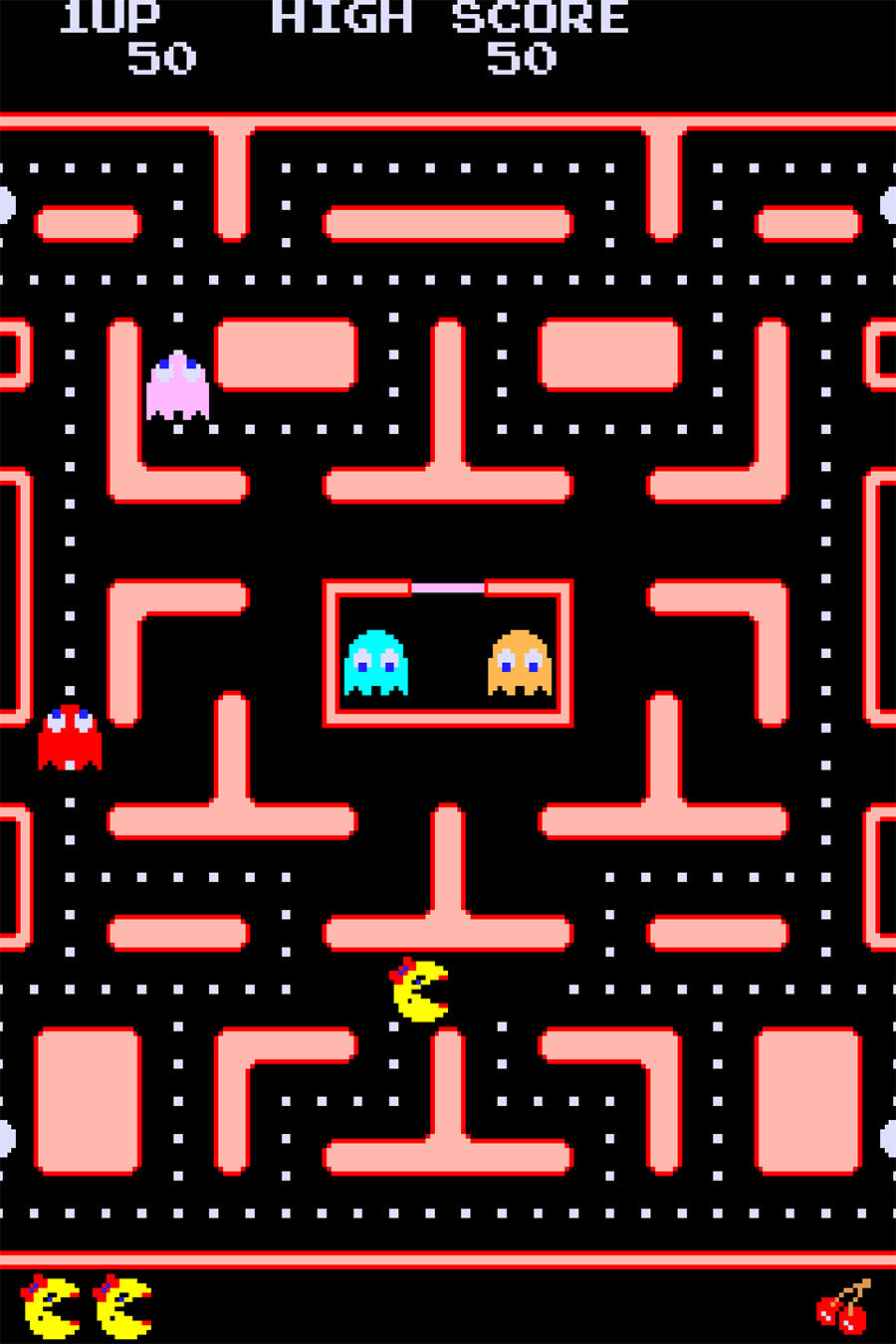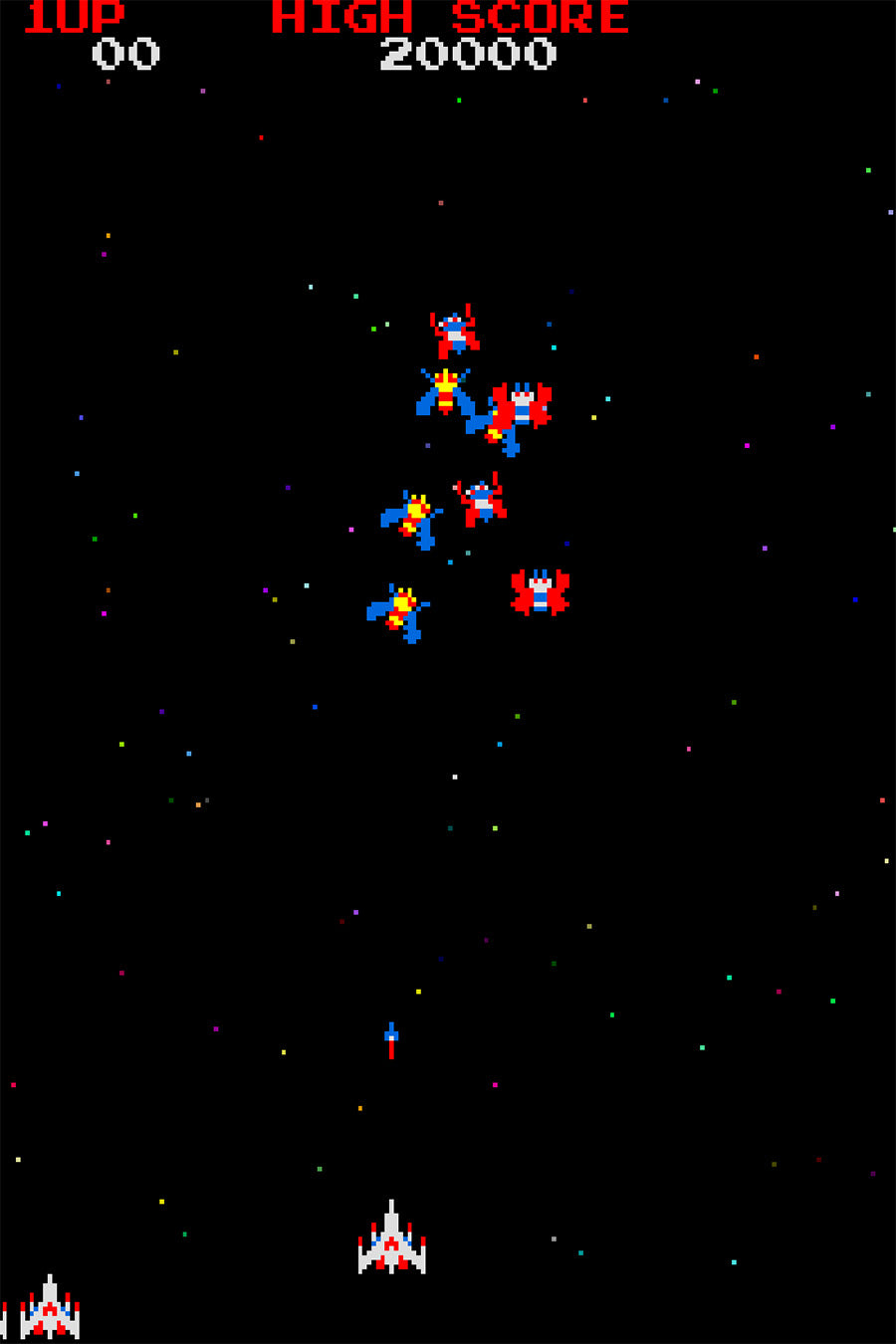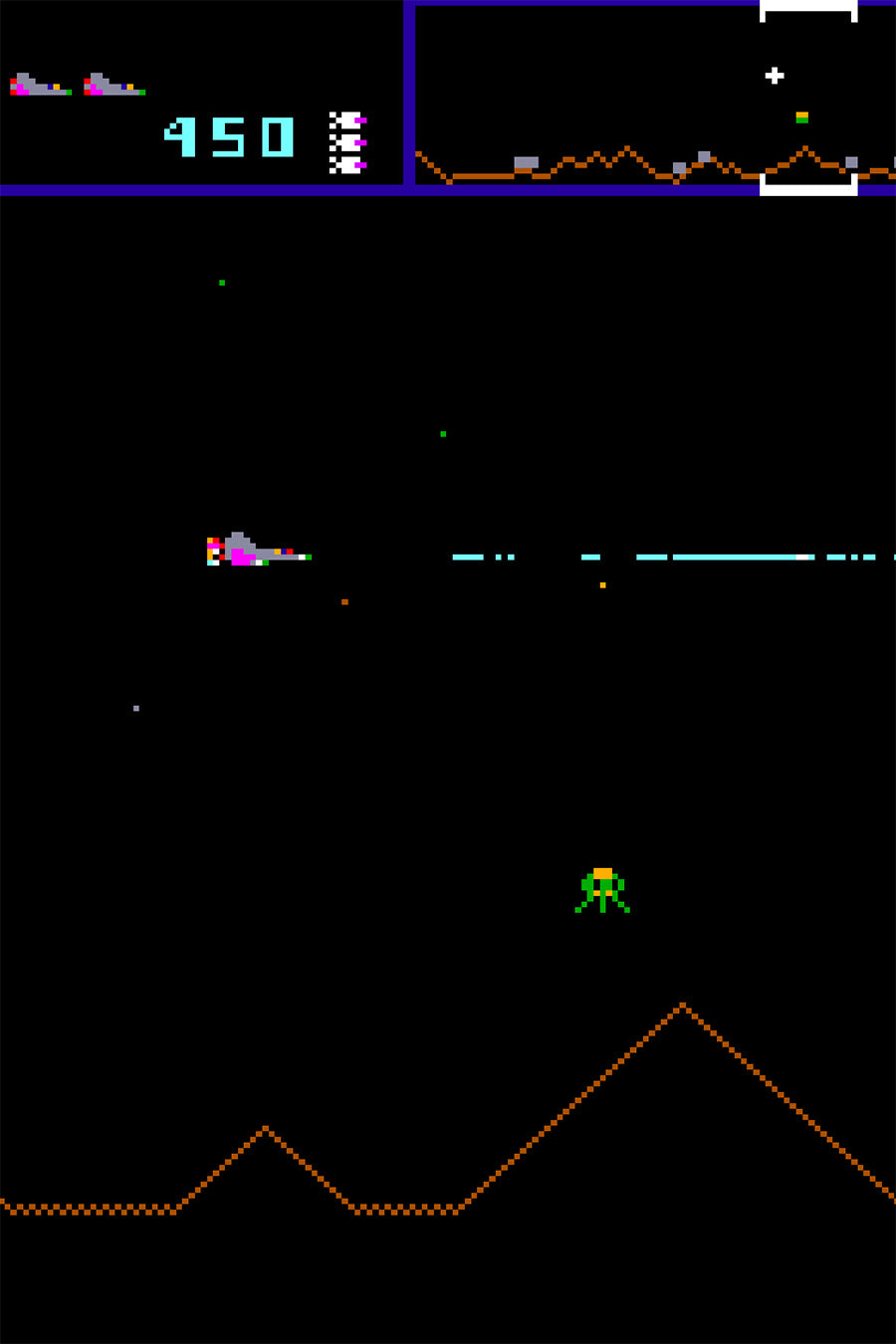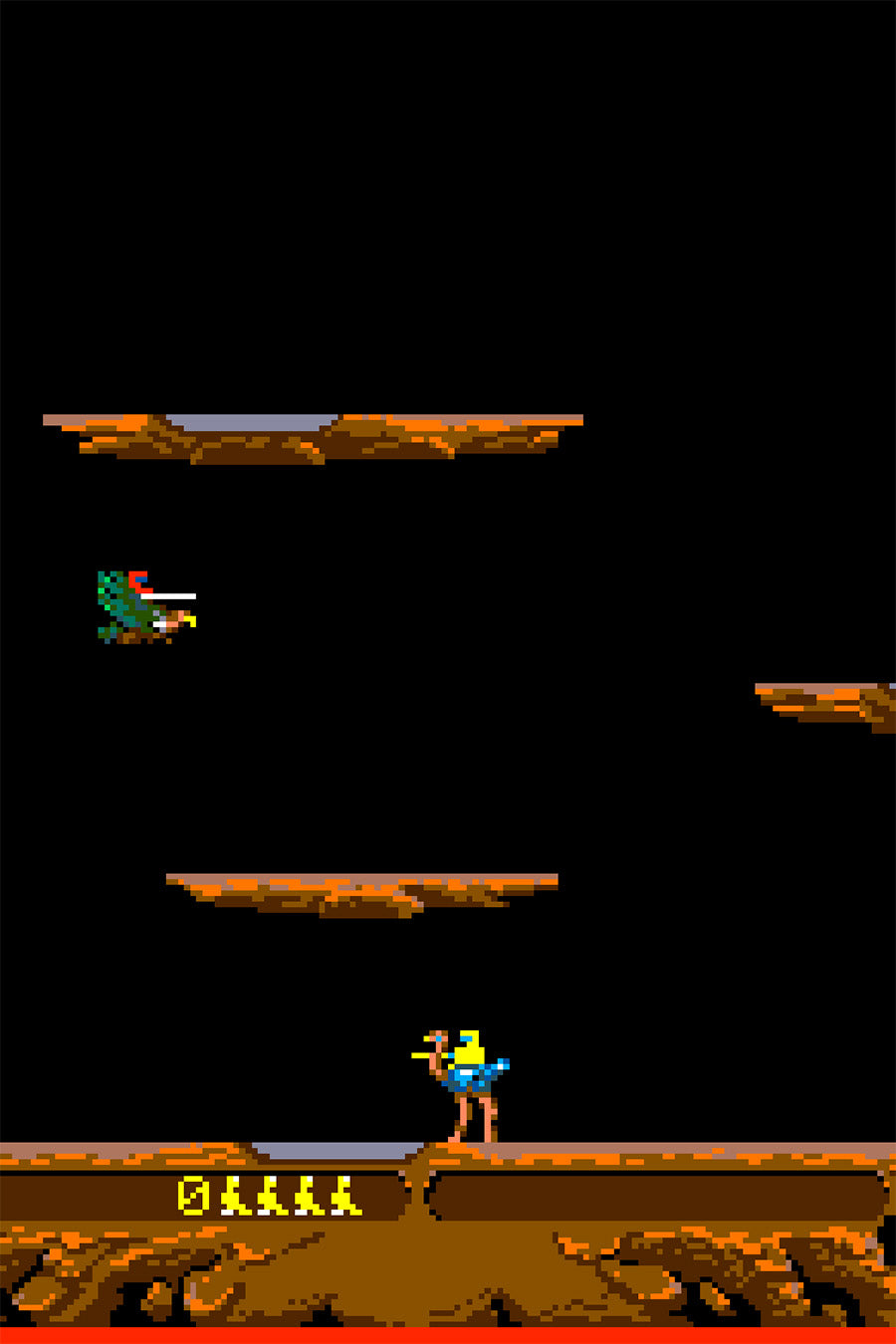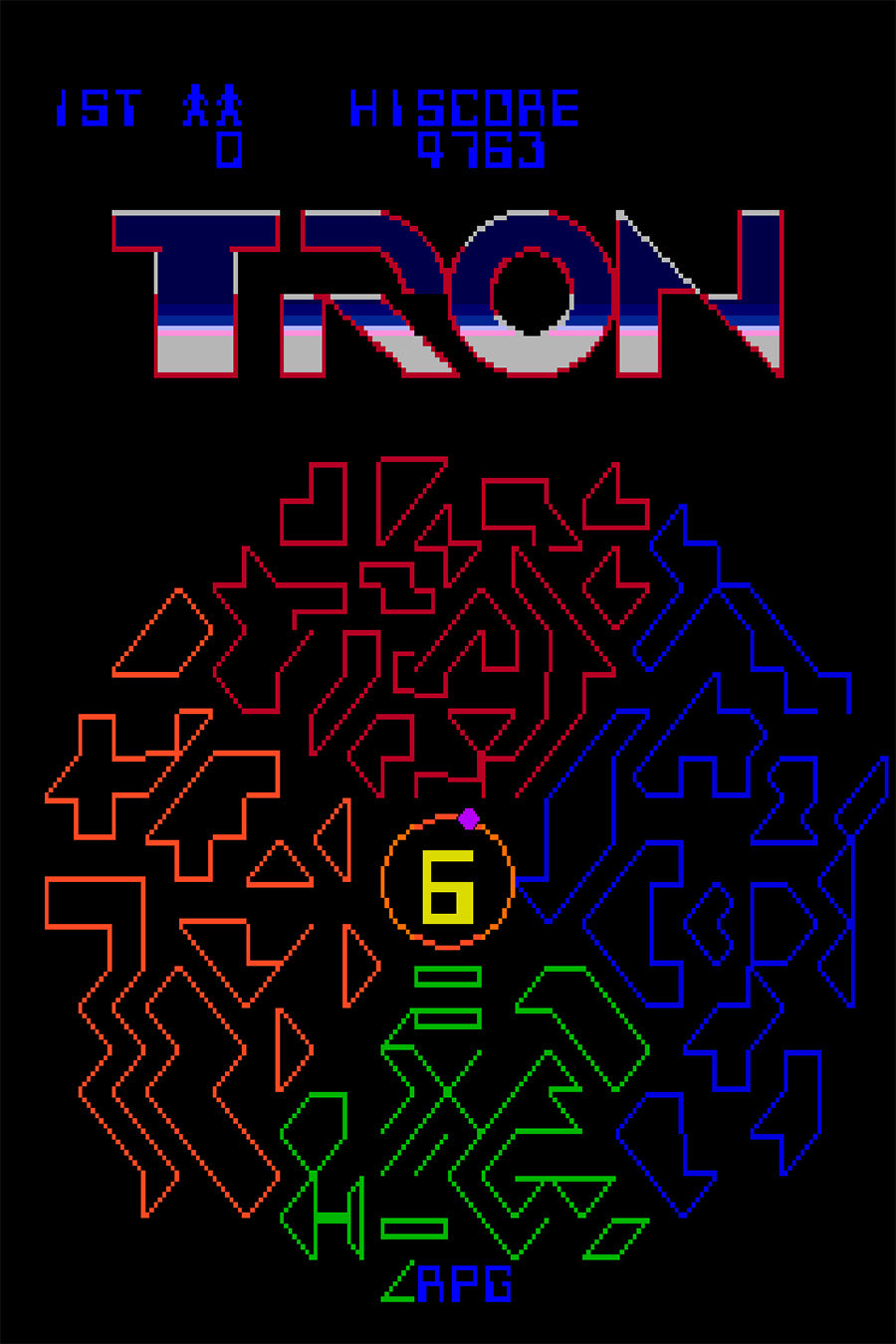Introduction
The Golden Age of Arcade Gaming (1978-1984) was a revolutionary period in video game history. This era saw the rise of some of the most iconic arcade titles, cutting-edge technological advancements, and an explosion of gaming culture. Arcades became social hubs, gaming revenue soared, and companies like Atari, Namco, and Nintendo cemented their legacies. In this article, we explore how the Golden Age of Arcades changed the gaming industry forever.
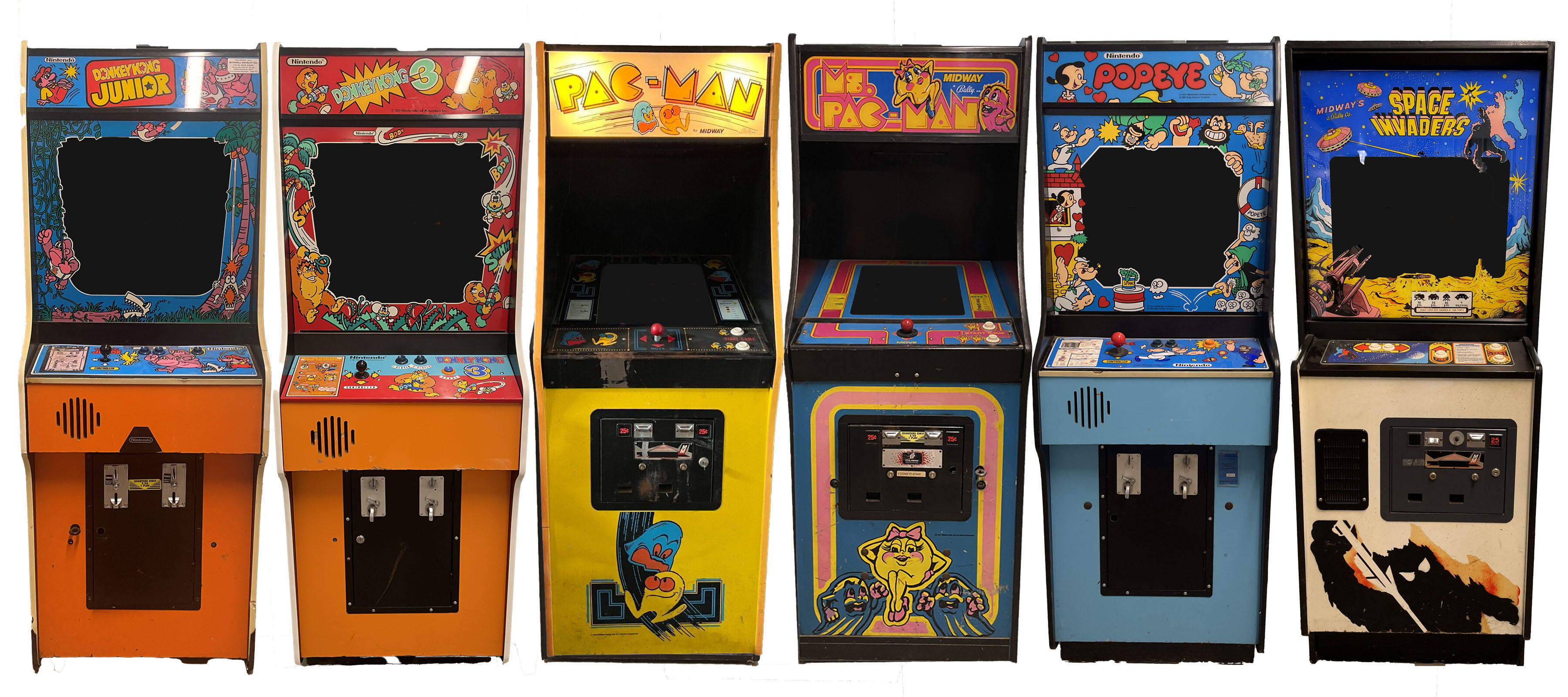
The Rise of Arcade Gaming: Setting the Stage
Before the Golden Age, arcade gaming existed in a more primitive form, with simple titles like Pong (1972) and Breakout (1976). These early games introduced the concept of coin-operated entertainment, but they lacked the engaging depth and complexity that would later define the arcade boom. The late 1970s saw improvements in hardware, allowing for better graphics, more responsive controls, and new game mechanics that paved the way for a golden era.
The Birth of the Golden Age (1978-1980)
One of the most significant breakthroughs came in 1978 with the release of Space Invaders by Taito. This game defined the shooter genre and introduced the concept of high scores, fueling competitive gaming. The game's immense popularity established arcades as a dominant entertainment medium.

Just a year later, Asteroids (1979) took the arcade world by storm. Developed by Atari, it popularized vector graphics and introduced physics-based movement, allowing players to maneuver in zero gravity. Its innovative mechanics and addictive gameplay cemented its place as one of the defining games of the era.

In 1980, another major revolution occurred—Pac-Man was released by Namco. Breaking away from the shooter-dominated landscape, Pac-Man introduced the maze-chase genre, appealing to a broader demographic, including casual gamers and women. The game’s cultural impact was massive, spawning merchandise, an animated TV show, and even a hit song, Pac-Man Fever.
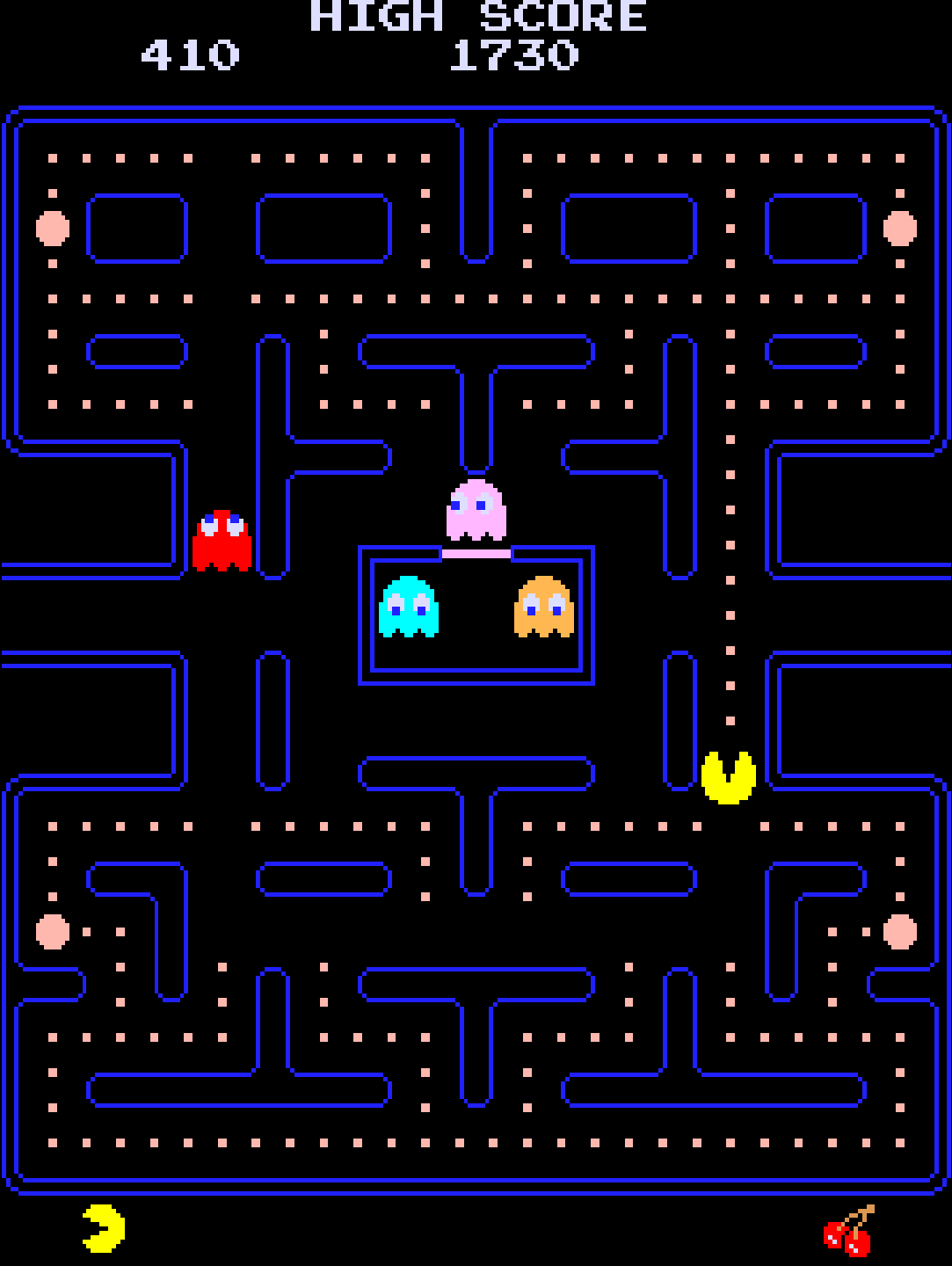
The Peak of Arcade Popularity (1980-1982)
The success of Pac-Man proved that arcades could cater to different types of players, and the industry rapidly expanded. In 1981, Nintendo entered the arcade scene with Donkey Kong, a game that introduced Mario (originally Jumpman) and the platforming genre. Donkey Kong was a technological leap, featuring multiple stages with unique layouts, a first for arcade games.
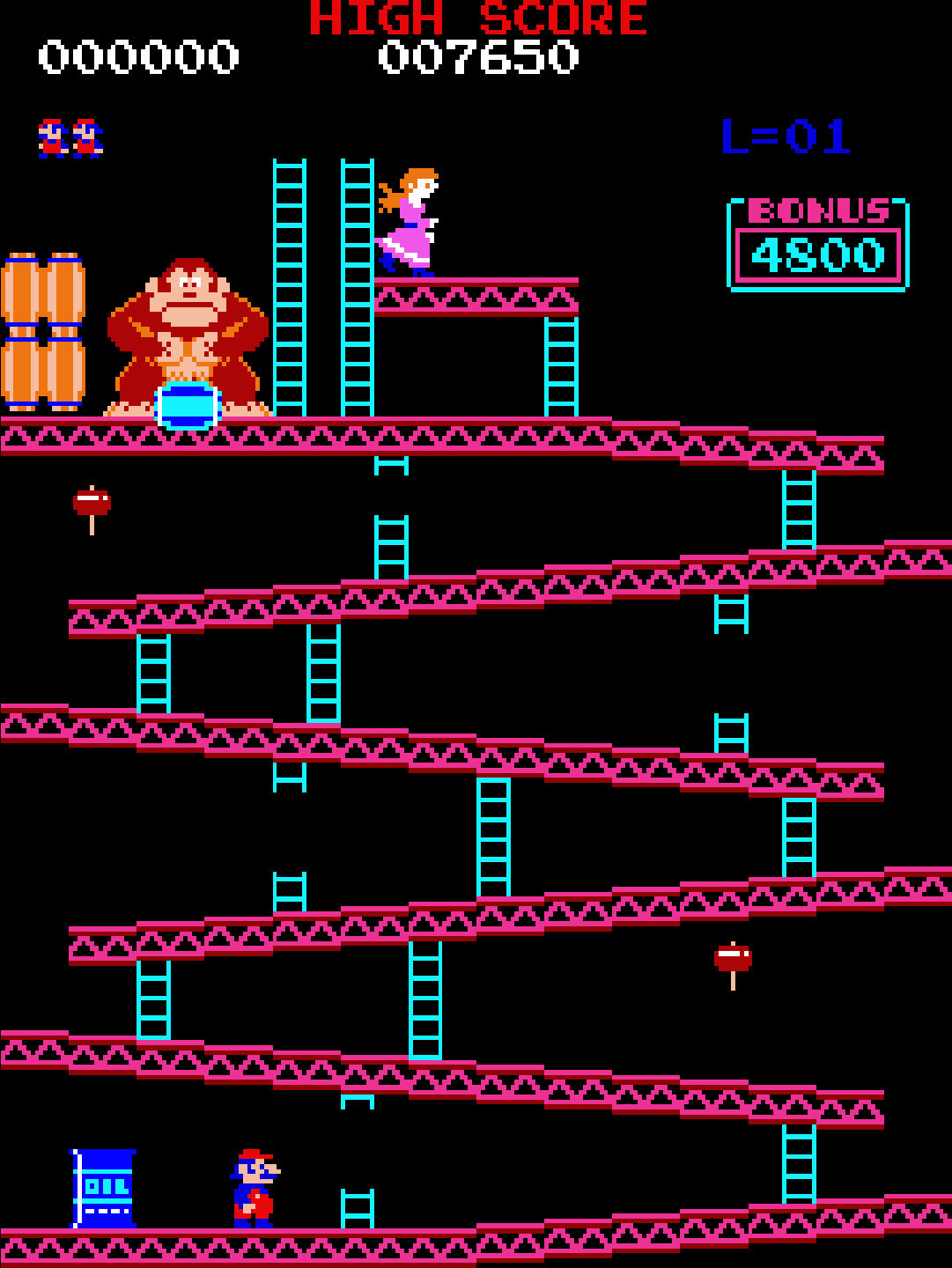
By 1982, arcades had reached their financial peak, generating over $8 billion annually (over $20 billion today when adjusted for inflation). This period saw the release of Ms. Pac-Man, which improved upon the original with better AI and multiple mazes, keeping players engaged with a fresh challenge. Alongside Galaga and Defender, these games pushed arcade gaming into its most profitable era.
The Cultural Impact of the Golden Age
Arcades as Social Hubs
- Gaming shifted from a solo experience to a competitive one, with players gathering around cabinets to beat high scores.
- Multiplayer arcade games like Joust and Street Fighter (later years) reinforced the social aspect of gaming.
Arcades in Pop Culture
- Movies like Tron (1982) and WarGames (1983) captured the arcade craze.
- Gaming music hit the mainstream with Pac-Man Fever (1981), a Billboard-charting song about arcade addiction.
The Decline of the Golden Age (1983-1984)
By 1983, the arcade industry faced major challenges. Market oversaturation, a flood of low-quality games (E.T. the Extra-Terrestrial being the most infamous), and increased competition from home consoles like the Atari 2600 led to declining arcade revenues. While arcades persisted, they never regained their early-80s dominance.
Conclusion: The Lasting Legacy of the Golden Age
Though the Golden Age of Arcades ended in 1984, its impact on gaming is undeniable. Many modern gaming concepts—high scores, platformers, multiplayer competition—originated in this era. Today, arcade nostalgia thrives in retro arcades, gaming bars, and even modern adaptations of classic titles.
Primary Sources
- Nintendo's official History Page & Nintendo's Historical Financials.
- Atari's official history page.
- NYTimes deepdive article on 1983
- Electronic Games Magazine (Winter Issue 1981), (Issue March 1982) (Issue January 1983), (Issue January 1984)
Want to Go Deeper Into Arcade History?
If this article left you craving more, dive into the complete stories behind some of the most iconic arcade genres and franchises. These articles explore the rise, innovation, and legacy of the games that shaped arcade culture:
- Donkey Kong’s Rise to Fame: How a Desperate Bet Created a Gaming Legend – The untold story of how Nintendo turned failure into a global icon, launching Mario, Miyamoto, and a new era of arcade storytelling
- What Makes an Arcade Game Great? – A deep dive into the design principles behind the most unforgettable cabinets of all time
- Inside the Metal Slug Legacy: The Developers Who Made It a Classic – How a small team at Nazca crafted one of the most iconic run-and-gun series of all time.
- The Complete History of Mortal Kombat Arcade – How a gritty fighter became a pop culture phenomenon.
- Capcom’s 19XX Series: The Complete History – The vertical shooters that defined a generation of arcade firepower.
- The History of Beat ’Em Up Arcade Games – From Double Dragon to Final Fight, here’s how brawlers ruled the late ’80s.
- The Complete History of Space Shooter Arcade Games – The genre that launched arcades into orbit.
- The King of Fighters Legacy: Inside SNK’s Genre-Defining Saga – How SNK’s 3v3 fighter evolved from a crossover gamble into one of the deepest and most beloved fighting franchises in the world.
- Defender: The Game That Changed Everything – How a risky bet and a radical vision helped redefine arcade design forever.


